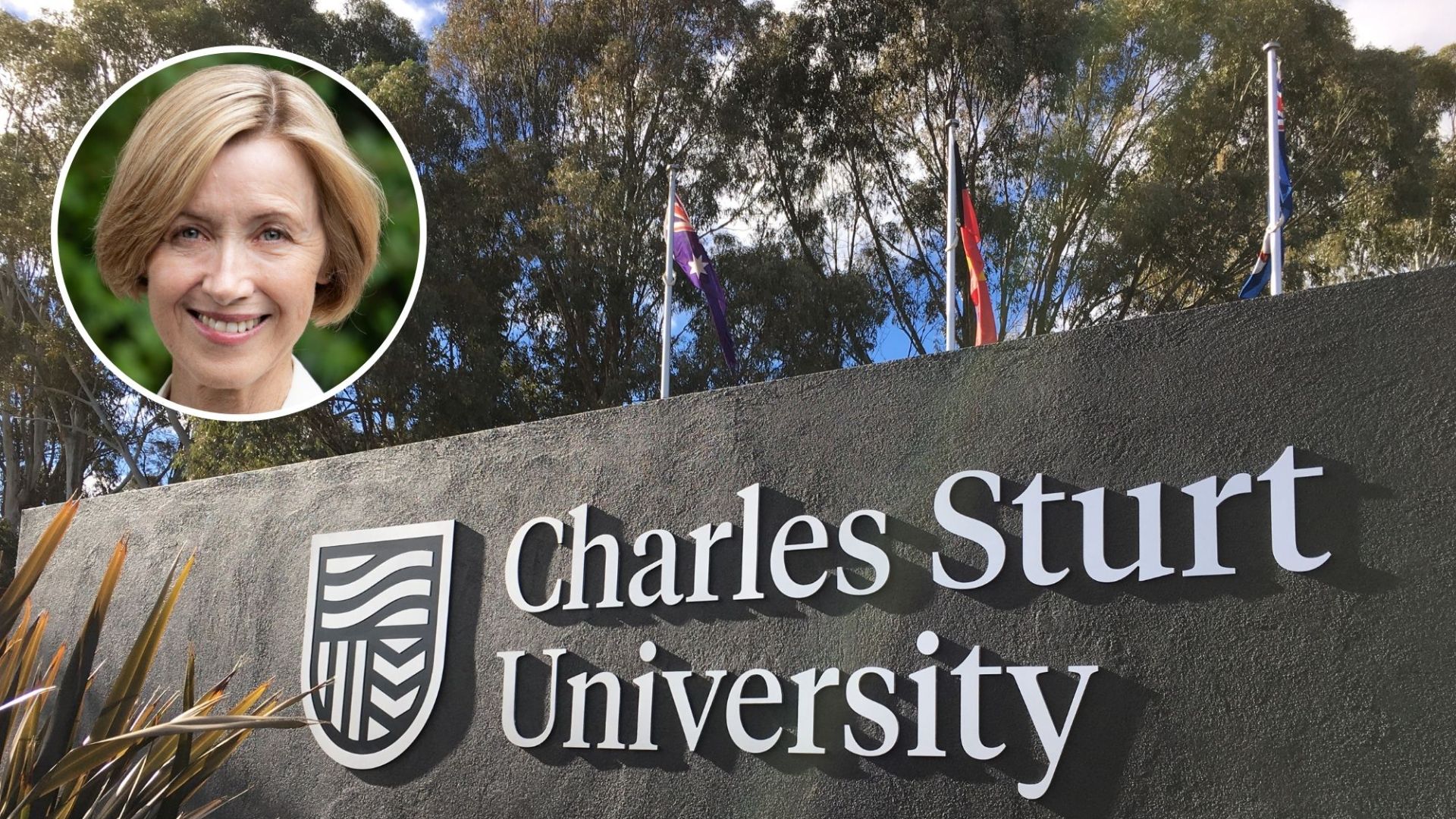Universities are often criticised for focussing more on building surpluses than on providing support for students to have a successful and fulfilling university experience. These criticisms unfairly tar all universities with the one brush.
Regional universities have long fought the good fight to deliver outstanding higher education opportunities, and especially to support success for First Nations people, students from low socioeconomic status backgrounds, and those from non-metropolitan locations.
But we are fighting with one hand tied behind our backs, hampered by unfair Government funding models that don’t recognise the significant differences between universities and which could remain unchanged for some time yet.
The Australian Universities Accord final report called for a major shakeup of the higher education sector that would double the number of university places to 1.8m by 2050. A crucial step towards this priority is the report’s stated goals of growing the percentage of undergraduate First Nations students from 2.1 per cent to 3.3 per cent; students from low SES backgrounds from 17 per cent to 20.2 per cent; and regional students from 19.8 per cent to 24 per cent.
These are lofty goals. But they are achievable. I know this because Charles Sturt University already exceeds them.
In 2024, First Nations students make up 4.76 per cent of Charles Sturt’s domestic undergraduate students. Low SES students comprise 23.63 per cent of the same group, while students from rural, regional and remote locations make up more than half.
Not only does Charles Sturt admit an above average number of equity group students but, crucially, we also have a proud record of supporting them through to completion. Last year, we graduated more than 130 First Nations students, almost 750 low SES students, and more than 1,700 regional students.
Supporting students from diverse or disadvantaged backgrounds to succeed at university is one of the core functions of Australia’s regional universities. But it is neither easy nor cheap. The extent to which we can maximise equity students’ chances of graduating is limited by the unfair and non-needs-based funding system by which their university places are appropriated.
The Australian Government’s Higher Education Participation and Partnerships Program funds universities to improve access to, and completion rates of, undergraduate courses for people from regional and remote Australia, low socioeconomic status backgrounds, and First Nations people.
Another lofty goal. But this one is falling short of being realised.
Through HEPPP, Charles Sturt received $8.08m in 2023. At first glance this seems a significant sum. But it is less than 0.5 per cent of our Commonwealth funding for teaching and learning. With the size of our First Nations, low SES and RRR cohorts, it is a trivial amount.
Put another way, if it were divided only among Charles Sturt’s regional, rural and remote cohort in 2023, it would amount to about $740 per student. This doesn’t come close to the needs of equity students for practical and academic support to succeed.
What is required is a funding model which recognises that students who have experienced educational, social and economic disadvantage need more support to achieve their study goals. The Accord report recommends this, calling for “…the introduction of a needs-based funding model that acknowledges the cost of this additional support and the locality of the institution they attend”.
There is a growing suspicion that the current funding models will remain largely unchanged until the Australian Tertiary Education Commission (ATEC) is up and running. Given the broad scope of ATEC’s functions, it will take time - potentially years – to be formed and operational. In the meantime, regional universities will keep struggling to provide adequate support for students from the cohorts that most need it.
With access to tertiary education for some of Australia’s most disadvantaged students at stake, regional universities will not throw in the towel on this fight. We just need it to be fair.






Social
Explore the world of social